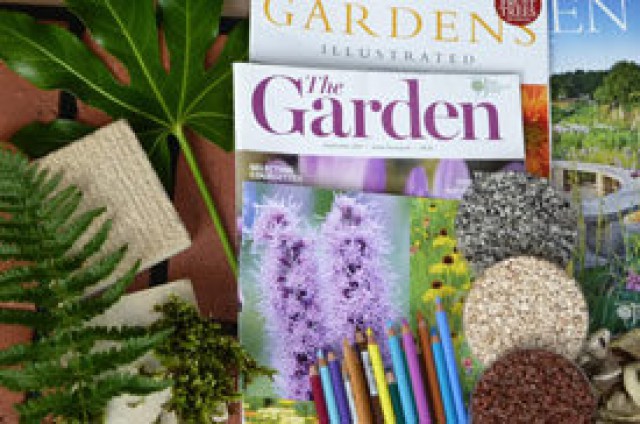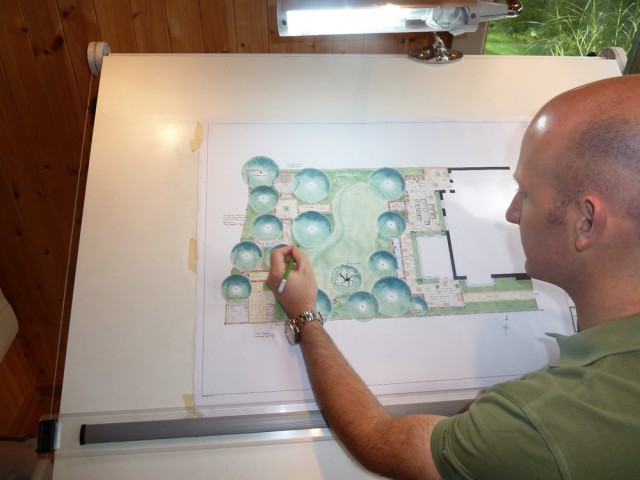- 25 January 2013
- Andrew Jordan
As a nation we are proud of our homes, and spend a fair amount of time and money on DIY. But of all the rooms in the house it is the biggest, most interesting and versatile one which is often thought about last and in some cases not at all. We are talking about the garden or the “Outdoor room”.
As a nation we are proud of our homes, and spend a fair amount of time and money on DIY. But of all the rooms in the house it is the biggest, most interesting and versatile one which is often thought about last and in some cases not at all. We are talking about the garden or the “Outdoor room”. Very often people think of the garden as a separate space when in fact it should be thought of as an extension of the home, where you can eat, read, admire a view or watch children play.
The key to realising the potential of your outdoor room, in both visual and practical terms, is design – planning and styling your space so that it suits your way of life, as well as the character of your home and its surroundings.
The creation of a garden involves not only plants but also hard landscaping materials, such as timber and paving, water, furniture, pots, lighting and an extensive portfolio of ornaments and accessories.
Utilising the skills of a garden designer and the overall garden design process is important and essential for creating a space that works for you and your family.
The design process itself is complex, but can be summarised in two main stages.
The Client Brief
The main objectives are to establish the overall concept, style and theme of the garden as well as the likely uses and function. A garden designer will need to know your likes and dislikes, the kind of feel you would like to create, what plants you would like to include and also any particular features that should be incorporated into the design. A check list of requirements is drawn up which sets the guidelines for the design.
The Design
The garden designer draws on building technology for practical techniques, on art and architecture for general aesthetic principles and horticultural knowledge for the selection of plants. Technical drawings are produced of the design covering the overall garden layout along with planting plans showing the type, location and quantity of plant material.
Once approved the design part of the process has been completed and the next phase, the garden build, can be initiated.
This is a good time of the year to think about your outdoor room. Ask yourself some questions…..How are you currently using it? How would you like to use it, Do all the different elements work together? Is it time to make some changes?
This article written by Andrew Jordan, Garden Designer, was printed in the Ripples magazine in February 2013.

